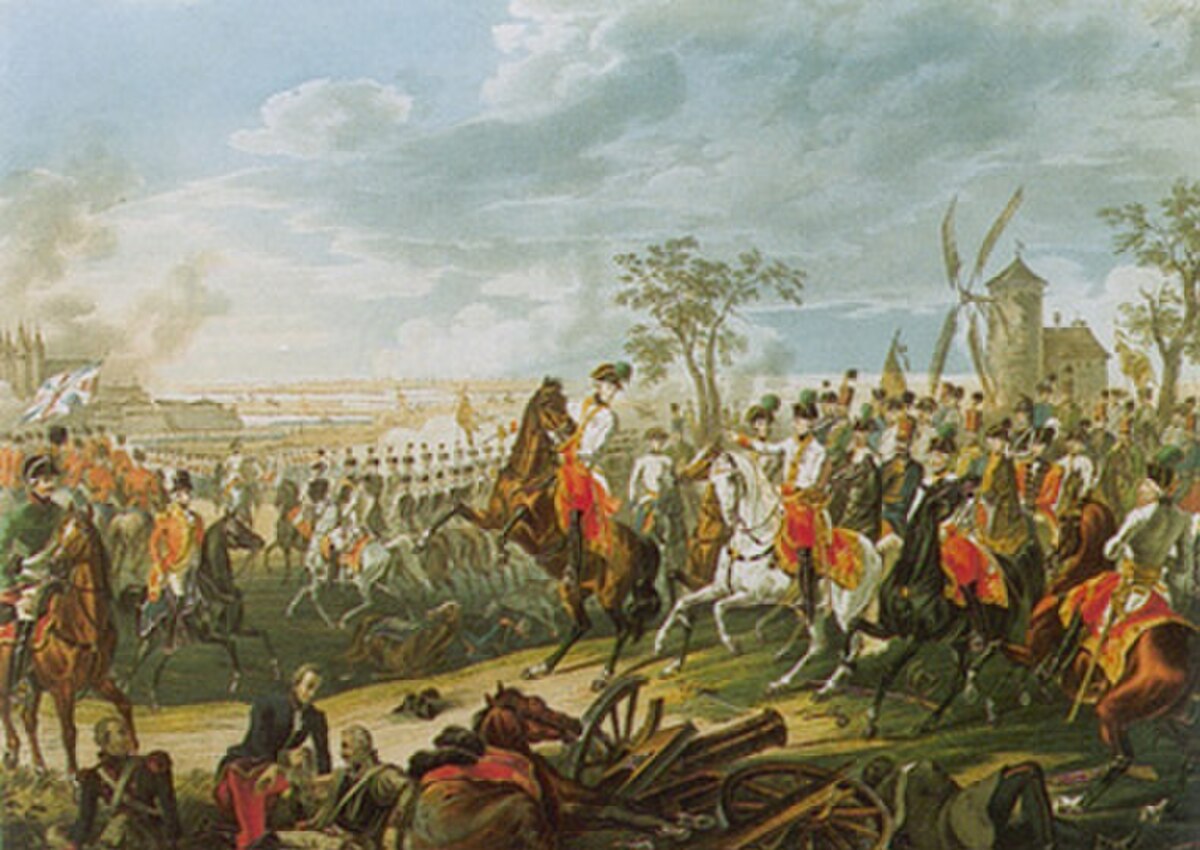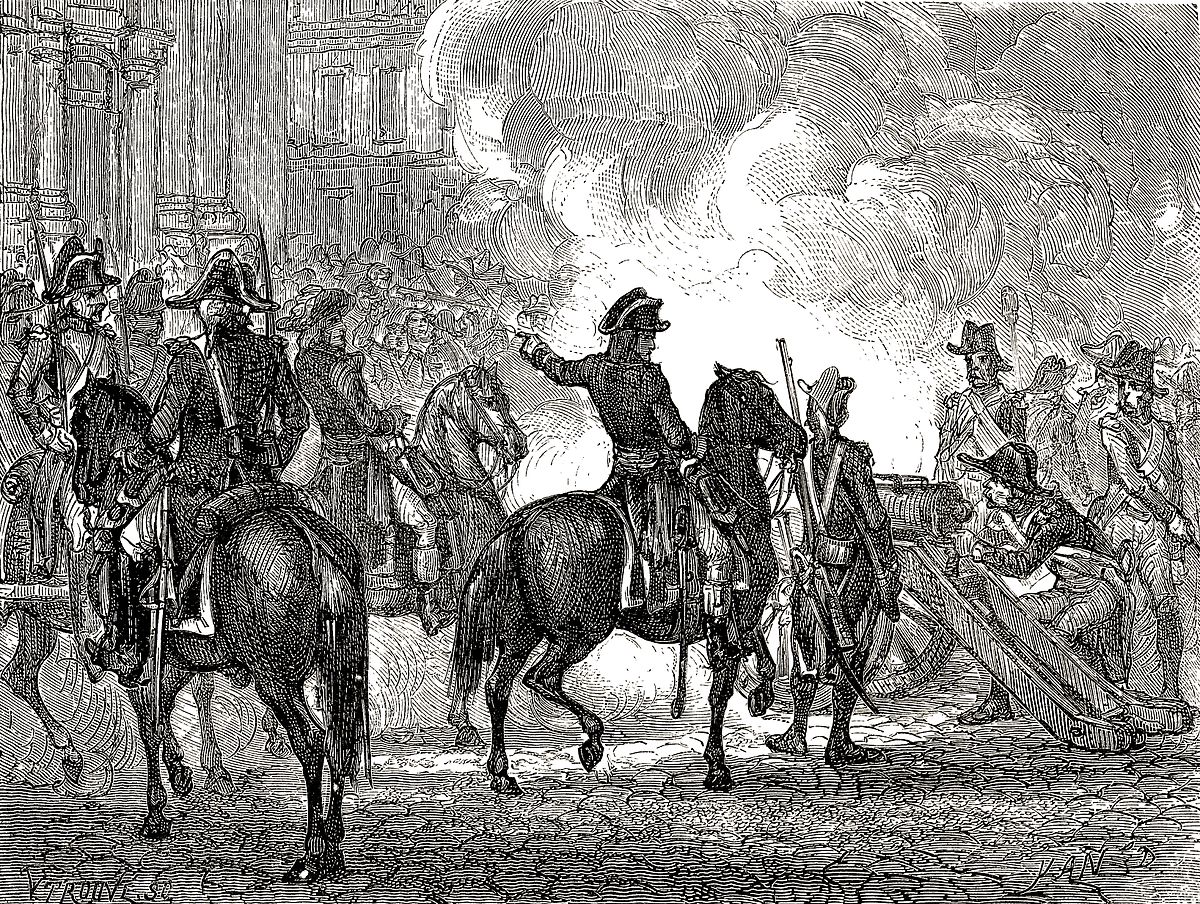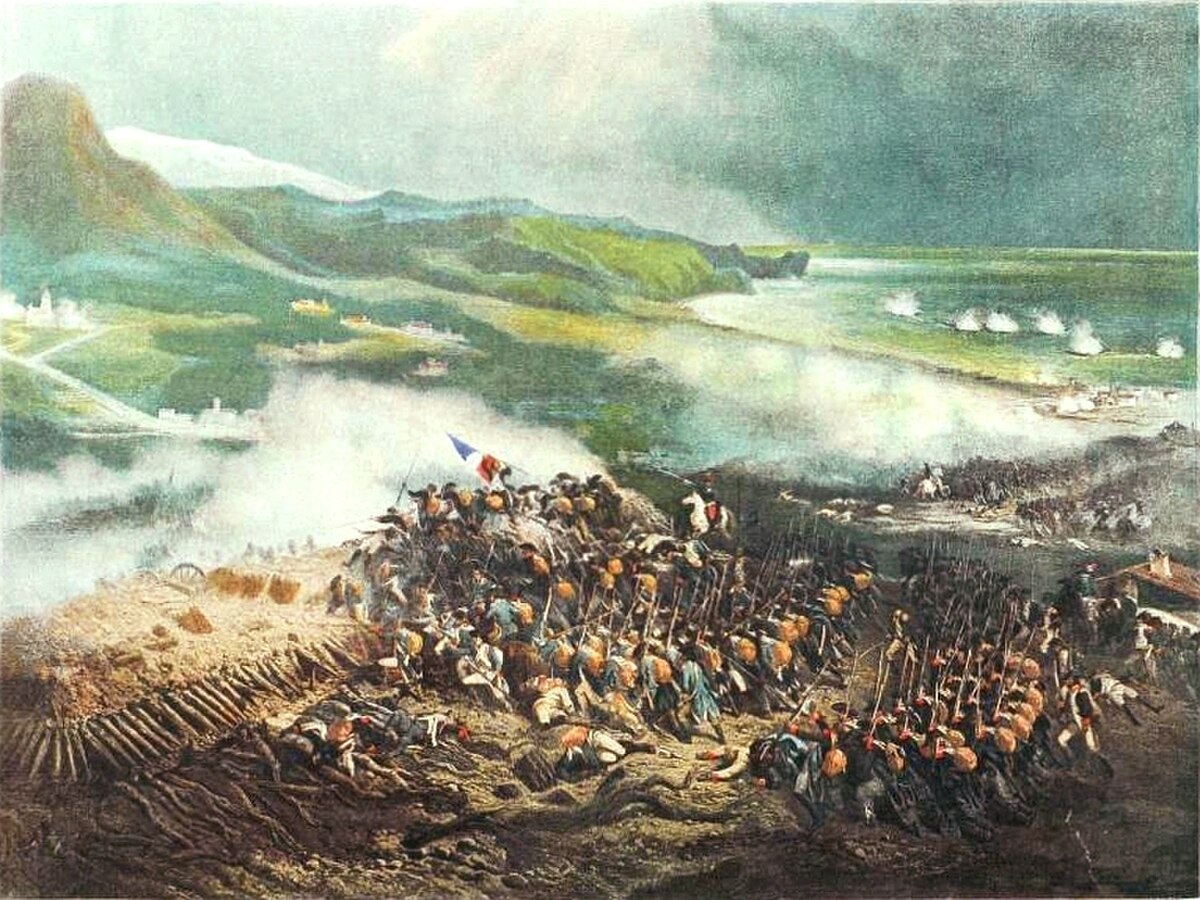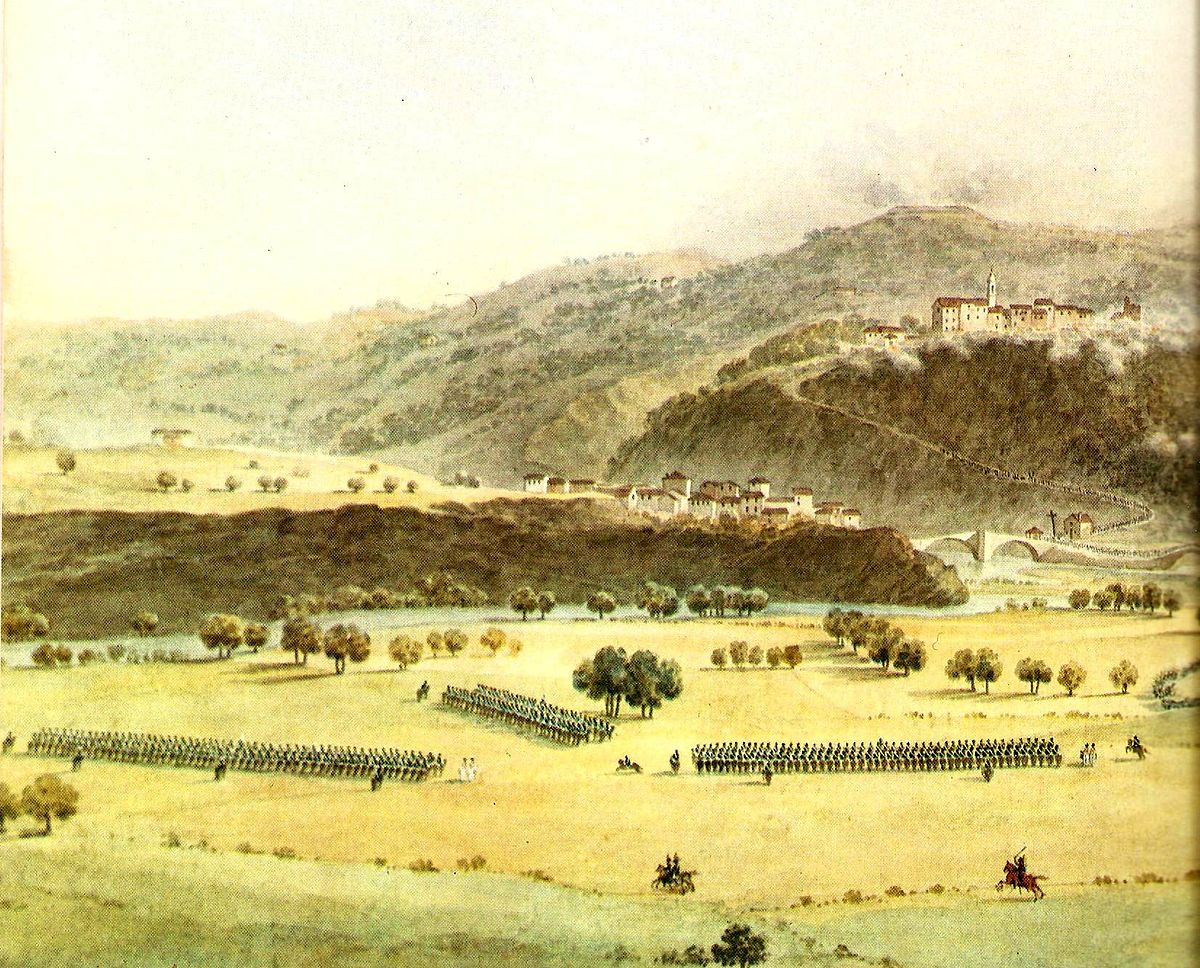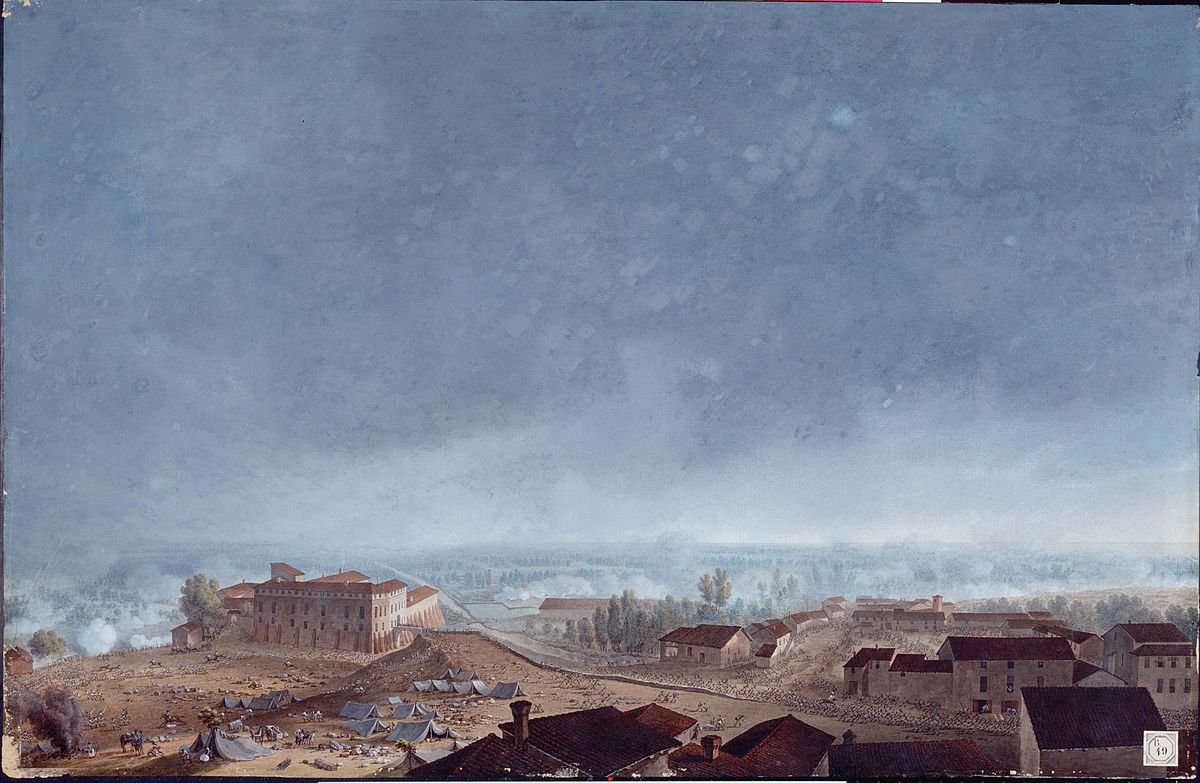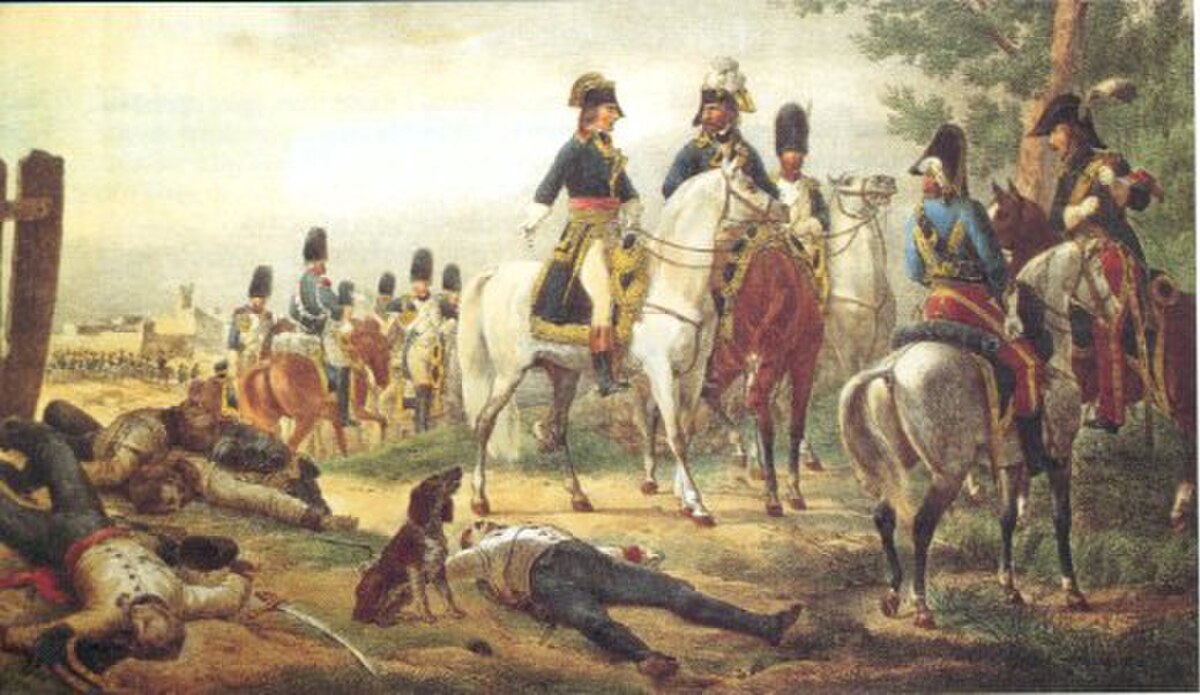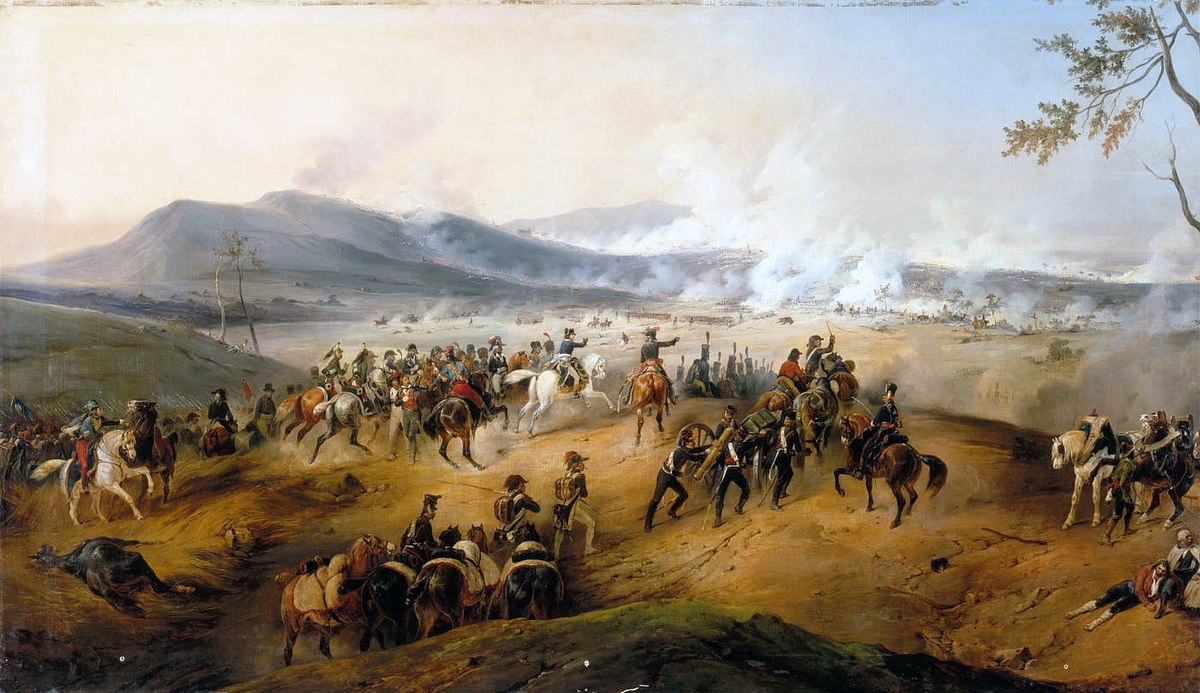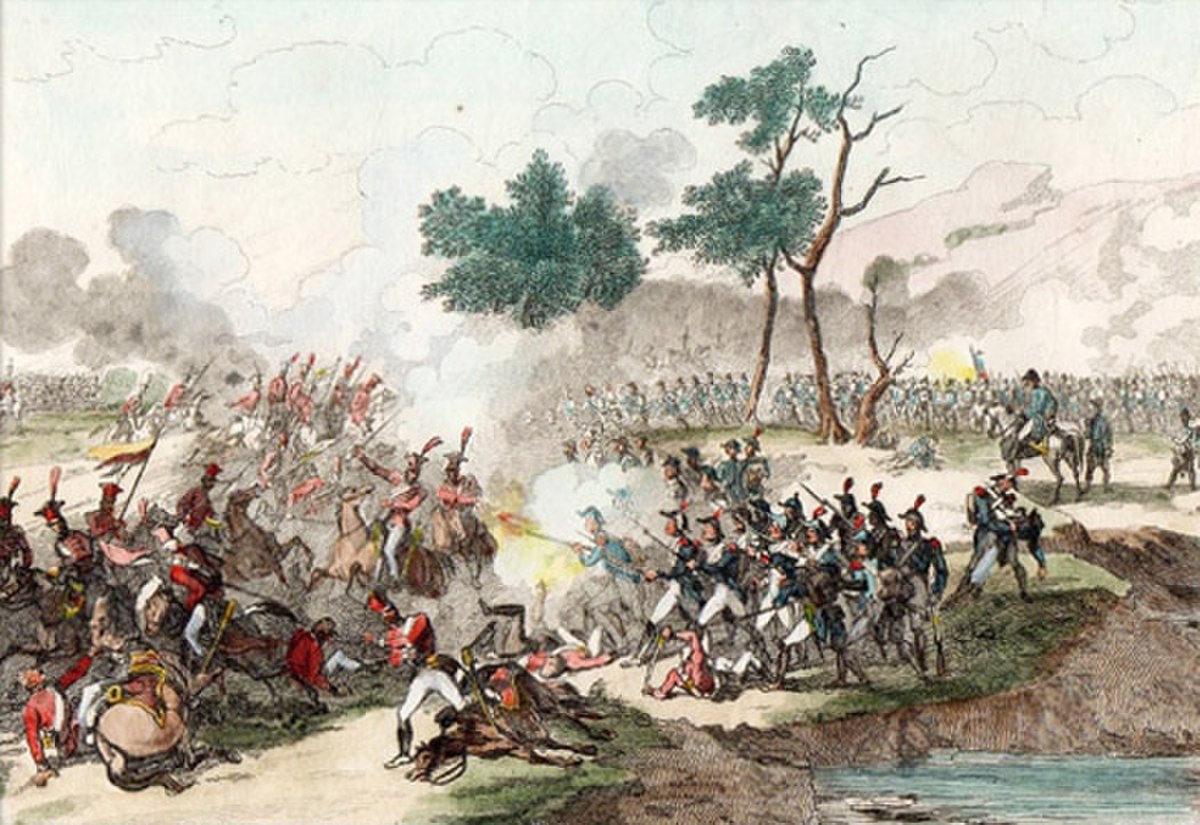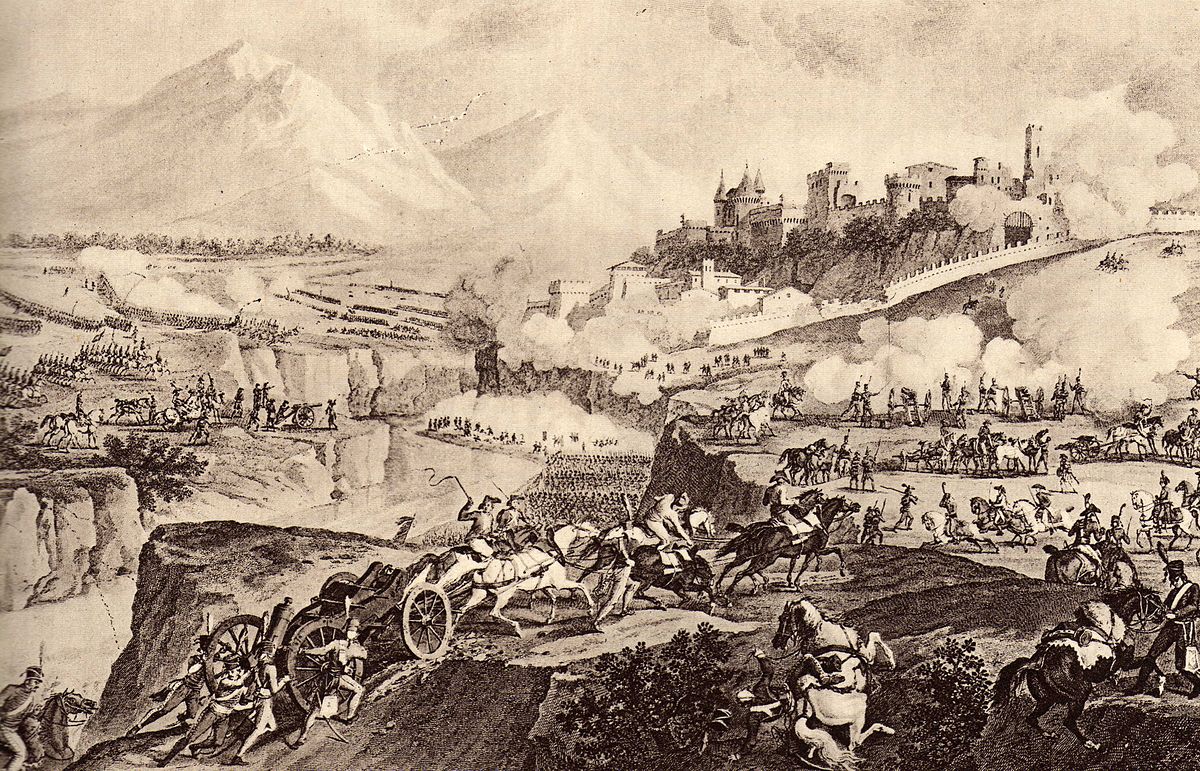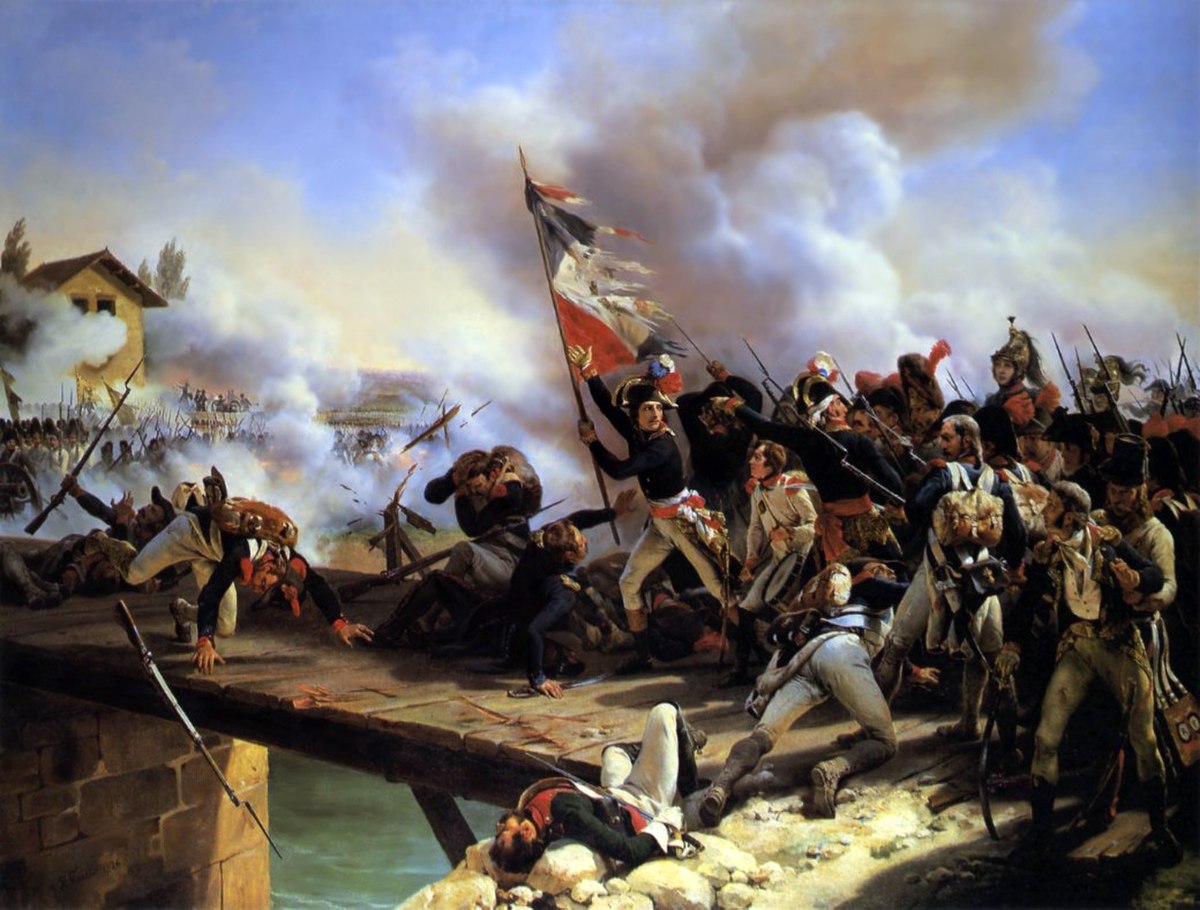War of the First Coalition

Video
Relations between revolutionary France and neighboring monarchies deteriorated significantly after the Declaration of Pillnitz in August 1791. Following a vote by the Legislative Assembly, France declared war on Austria on 20 April 1792, prompting Prussia to join Austria in June. An army led by Duke of Brunswick invaded France in July, capturing the fortresses of Longwy and Verdun. The French army, initially disorganized, faced a critical moment at the Battle of Valmy on 20 September 1792, where they achieved a tactical draw against the Prussians, bolstering French morale and allowing the National Convention to proclaim the French Republic shortly thereafter.
In 1793, the revolutionary government executed Louis XVI, uniting various European powers against France, leading to the formation of the First Coalition. France declared war on Britain and the Netherlands on 1 February 1793, followed by Spain and other nations. The French implemented mass conscription, known as levée en masse, to bolster their military. Despite suffering defeats, such as at the Battle of Neerwinden on 18 March, the French forces began to turn the tide, achieving victories at Wattignies and Wissembourg. By 1794, the French secured a decisive victory at the Battle of Fleurus, gaining control of the Austrian Netherlands and further weakening the Coalition.
In 1795, France established the Batavian Republic and concluded peace with Prussia and Spain, effectively dismantling the Coalition. The French military continued to advance, with Napoleon Bonaparte leading successful campaigns in Italy. By 2 February 1797, Napoleon captured Mantua, forcing Austria to seek peace. The Treaty of Campo Formio, signed in October 1797, ceded Belgium to France and recognized its control over the Rhineland and parts of Italy, marking the end of the War of the First Coalition, although hostilities with Britain persisted.
Result/Victory
 France
France



 French / Austrian
French / Austrian
 Austria
Austria


 Coalition
Coalition

























 Spain
Spain
 United Kingdom
United Kingdom





